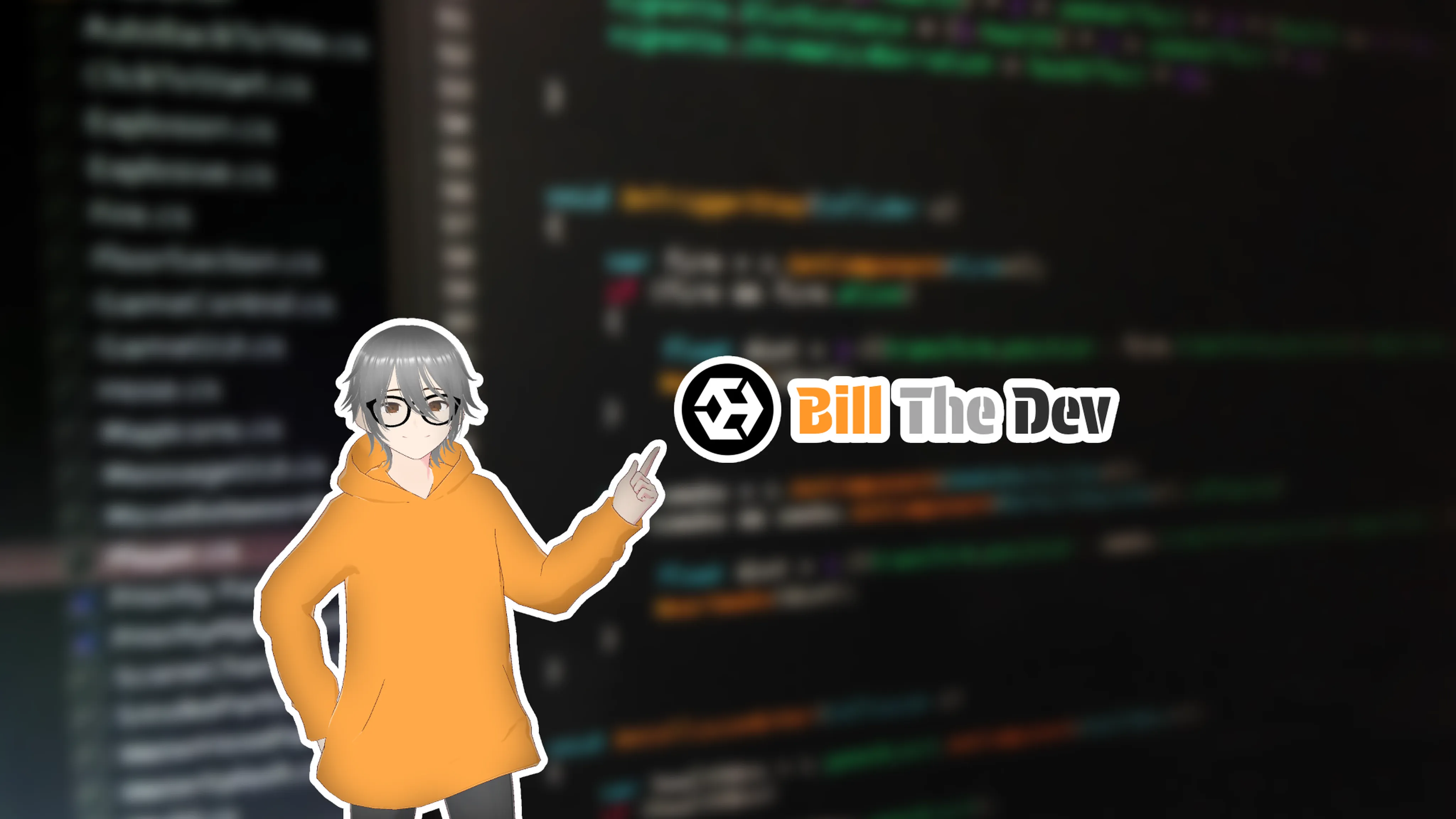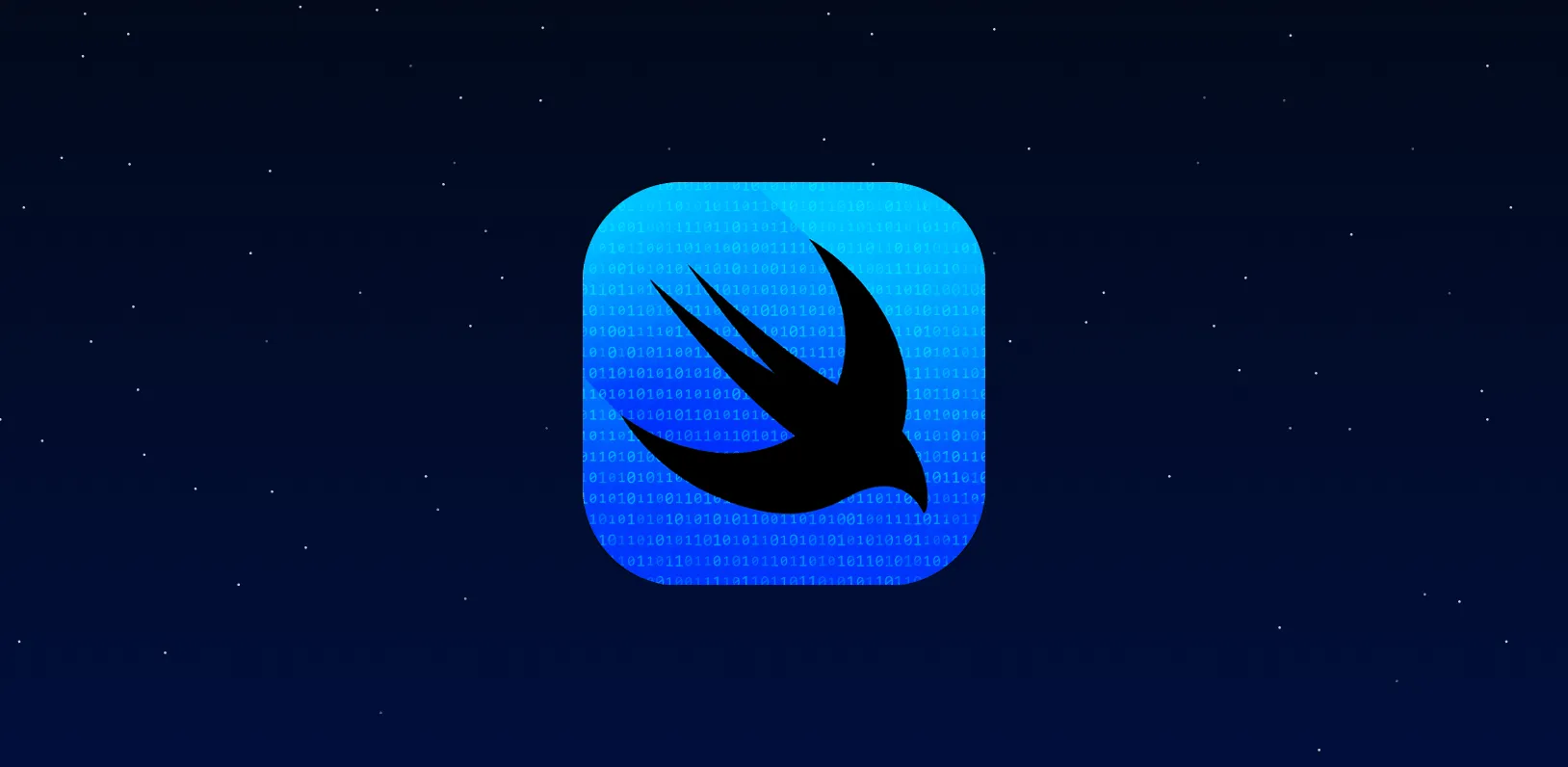Speedrun Swift UI Lesson 1 - Part III: Object-Oriented Programming in Swift
III. Object-Oriented Programming in Swift
In this part, we will explore object-oriented programming (OOP) concepts in Swift. These include classes, structures (structs), inheritance, and protocols. These concepts allow you to build more organized, reusable, and scalable code by encapsulating data and behavior into logical units.
3.1. Classes and Structures
Swift provides two ways to define custom data types: classes and structures. Both allow you to define properties and methods, but there are important differences between them.
Defining a Class
A class in Swift is a blueprint for creating objects that can store data (properties) and perform actions (methods).
Example: Basic Class
class Animal {
var name: String
init(name: String) {
self.name = name
}
func speak() {
print("\(name) makes a sound.")
}
}
let dog = Animal(name: "Dog")
dog.speak() // Output: Dog makes a sound.
- Explanation: In this example, the class
Animalhas a propertynameand a methodspeak(). We create an instance ofAnimalcalleddog, and whenspeak()is called, it prints the animal’s name and its sound.
Structures (Structs)
A struct is similar to a class but has some key differences. Structs are value types, meaning they are copied when assigned to a new variable or constant. In contrast, classes are reference types, which means they are passed by reference.
Example: Basic Struct
struct Person {
var name: String
var age: Int
func introduce() {
print("Hi, my name is \(name) and I am \(age) years old.")
}
}
var person1 = Person(name: "Alice", age: 25)
person1.introduce() // Output: Hi, my name is Alice and I am 25 years old.
- Explanation: The
Personstruct has properties fornameandage, and a methodintroduce()to print a message. Structs are often used for lightweight data structures where copying the object is not an issue.
Differences Between Classes and Structs
- Classes are reference types, meaning that when you pass a class instance, you are passing a reference to the original object.
- Structs are value types, meaning that when you pass a struct, you are passing a copy.
Example: Difference in Behavior
class Car {
var model: String
init(model: String) {
self.model = model
}
}
var car1 = Car(model: "Toyota")
var car2 = car1
car2.model = "Honda"
print(car1.model) // Output: Honda
print(car2.model) // Output: Honda
In the example above, car1 and car2 refer to the same object, so changes to car2 also affect car1.
struct Book {
var title: String
}
var book1 = Book(title: "Swift Programming")
var book2 = book1
book2.title = "Advanced Swift"
print(book1.title) // Output: Swift Programming
print(book2.title) // Output: Advanced Swift
In the example with structs, book1 and book2 are separate copies, so changing book2 does not affect book1.
3.2. Inheritance
Inheritance is a key feature of object-oriented programming that allows a class to inherit properties and methods from another class. This enables you to create a new class based on an existing class, reusing code and extending its functionality.
Example: Inheritance in Swift
class Animal {
var name: String
init(name: String) {
self.name = name
}
func speak() {
print("\(name) makes a sound.")
}
}
class Dog: Animal {
func bark() {
print("\(name) barks.")
}
}
let dog = Dog(name: "Buddy")
dog.speak() // Output: Buddy makes a sound.
dog.bark() // Output: Buddy barks.
- Explanation: In this example, the class
Doginherits from theAnimalclass. TheDogclass gets all the properties and methods fromAnimal, and it can also define its own methods likebark().
Overriding Methods
You can override methods in a subclass to provide a specific implementation of a method that exists in the superclass.
Example: Method Overriding
class Cat: Animal {
override func speak() {
print("\(name) meows.")
}
}
let cat = Cat(name: "Whiskers")
cat.speak() // Output: Whiskers meows.
- Explanation: The
Catclass overrides thespeak()method to provide a custom implementation. Whenspeak()is called on aCatinstance, it prints “meows” instead of the default “makes a sound.”
3.3. Protocols in Swift
A protocol in Swift defines a blueprint of methods, properties, or other requirements that suit a particular task or piece of functionality. Classes, structs, and enums can adopt and conform to a protocol by implementing the required functionality.
Defining a Protocol
A protocol can be defined using the protocol keyword. Any type that conforms to the protocol must implement its requirements.
Example: Basic Protocol
protocol Describable {
func describe() -> String
}
class Car: Describable {
var model: String
init(model: String) {
self.model = model
}
func describe() -> String {
return "This is a \(model)."
}
}
let car = Car(model: "Tesla")
print(car.describe()) // Output: This is a Tesla.
- Explanation: The
Describableprotocol requires the conforming type to implement adescribe()method. TheCarclass conforms to the protocol by implementing the required method.
Protocols with Properties
Protocols can also specify property requirements, including whether the property should be gettable or settable.
Example: Protocol with Property Requirements
protocol Identifiable {
var id: String { get }
}
class User: Identifiable {
var id: String
init(id: String) {
self.id = id
}
}
let user = User(id: "12345")
print("User ID: \(user.id)") // Output: User ID: 12345
- Explanation: The
Identifiableprotocol requires aStringpropertyid. TheUserclass conforms to the protocol by providing a propertyid.
3.4. Access Control in Swift
Access control restricts access to parts of your code from code in other source files or modules. Swift provides different access control levels:
- public: The entity is accessible from any module.
- internal: The entity is accessible within the same module (default).
- private: The entity is accessible only within the same file.
- fileprivate: The entity is accessible within the same file.
Example: Access Control
class Animal {
private var name: String
init(name: String) {
self.name = name
}
func speak() {
print("\(name) makes a sound.")
}
}
let animal = Animal(name: "Elephant")
// animal.name = "Lion" // Error: Cannot access private property
- Explanation: The
nameproperty is marked asprivate, so it cannot be accessed directly outside theAnimalclass. Only the methods inside the class can access thenameproperty.
Exercises
Create a Class and Subclass: Create a base class
Vehiclewith aspeedproperty and amove()method. Then, create a subclassCarthat adds abrandproperty and overrides themove()method.class Vehicle { var speed: Int init(speed: Int) { self.speed = speed } func move() { print("The vehicle is moving at \(speed) km/h.") } } class Car: Vehicle { var brand: String init(speed: Int, brand: String) { self.brand = brand super.init(speed: speed) } override func move() { print("The \(brand) car is moving at \(speed) km/h.") } } let car = Car(speed: 120, brand: "Toyota") car.move() // Output: The Toyota car is moving at 120 km/h.Protocol Conformance: Create a protocol
Shapewith a methodarea() -> Double. Create two classesRectangleandCirclethat conform to theShapeprotocol and implement
the area() method.
By mastering object-oriented programming in Swift, you can build more modular, reusable, and maintainable code. In the next lesson, we will dive deeper into SwiftUI and how these concepts translate into building interactive UIs.

